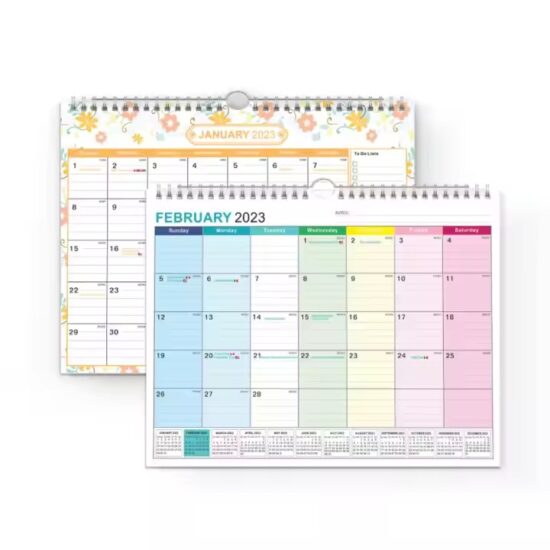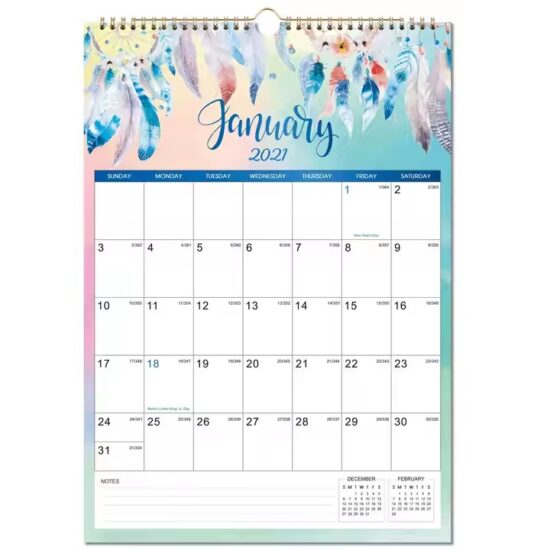bob@nbdho.com
The Competitiveness of Wall Calendars in the Digital Age
The Competitiveness of Wall Calendars in the Digital Age
In an era dominated by smartphones, tablets, and digital scheduling apps, one might wonder whether traditional wall calendars still hold any competitive value. Despite the overwhelming presence of digital alternatives, wall calendars continue to enjoy popularity among consumers and businesses alike. This article explores why wall calendars remain competitive in the digital age and how they continue to serve unique needs that digital tools cannot fully replace.
1. Tangible and Visible Presence
Unlike digital calendars, which require devices and apps to access, wall calendars provide a constant physical reminder of upcoming dates and events. Their placement in homes, offices, and public spaces ensures visibility for everyone, encouraging better time management and group coordination without the need for screens.
2. Emotional and Aesthetic Appeal
Wall calendars often feature beautiful photography, artwork, or personalized images, making them decorative pieces that add warmth and personality to a space. This emotional connection and visual appeal are difficult to replicate with digital calendars.
3. Customization and Personalization
With advances in printing and design technology, wall calendars can be easily customized to reflect individual tastes, corporate branding, or specific functional needs. Personalized calendars serve as effective promotional tools and thoughtful gifts, reinforcing relationships between businesses and clients or among family members.
4. Functional Simplicity
For many users, the simplicity of jotting down notes, appointments, or reminders on a wall calendar is more intuitive than navigating multiple digital apps. This straightforward functionality reduces digital fatigue and provides a user-friendly scheduling solution.
5. Complementary Role to Digital Tools
Rather than competing directly, wall calendars often complement digital calendars by providing a quick reference point or shared schedule for families, teams, or offices. They offer a low-tech solution that supports, rather than replaces, digital organization.
6. Sustainable and Eco-Friendly Options
As sustainability becomes increasingly important, many manufacturers are producing wall calendars with recycled paper, soy-based inks, and eco-friendly packaging. This appeals to environmentally conscious consumers who prefer tangible products made responsibly.
Conclusion
The competitiveness of wall calendars in the digital age lies in their unique blend of visibility, personalization, emotional value, and functional simplicity. While digital tools excel in convenience and connectivity, wall calendars provide a tangible, aesthetic, and user-friendly complement that meets needs digital apps cannot fully address. For manufacturers and suppliers, leveraging these strengths through innovative design and sustainable practices will ensure wall calendars remain a relevant and valued product in the years to come.

